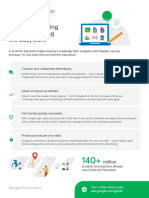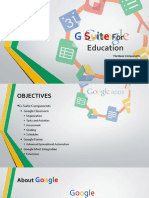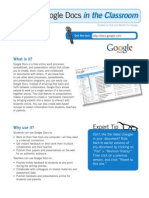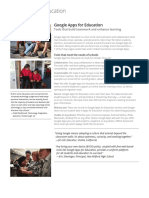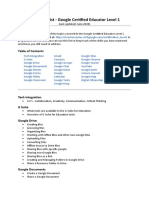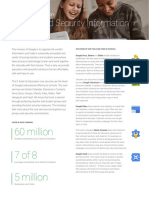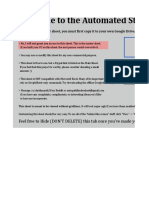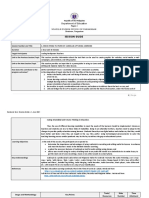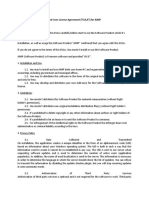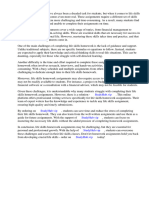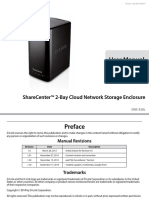0% found this document useful (0 votes)
37 views47 pagesGoogle Suite
Google Workspace, formerly known as G Suite, is a collection of cloud-based productivity and collaboration tools developed by Google, including Gmail, Google Drive, Google Docs, and more. It enhances learning and teaching through tools like Google Classroom, Google Meet, and Google Forms, facilitating collaboration and communication. The suite emphasizes accessibility, security, and integration, making it essential for both personal and organizational use.
Uploaded by
mishcapasteurCopyright
© © All Rights Reserved
We take content rights seriously. If you suspect this is your content, claim it here.
Available Formats
Download as PDF, TXT or read online on Scribd
0% found this document useful (0 votes)
37 views47 pagesGoogle Suite
Google Workspace, formerly known as G Suite, is a collection of cloud-based productivity and collaboration tools developed by Google, including Gmail, Google Drive, Google Docs, and more. It enhances learning and teaching through tools like Google Classroom, Google Meet, and Google Forms, facilitating collaboration and communication. The suite emphasizes accessibility, security, and integration, making it essential for both personal and organizational use.
Uploaded by
mishcapasteurCopyright
© © All Rights Reserved
We take content rights seriously. If you suspect this is your content, claim it here.
Available Formats
Download as PDF, TXT or read online on Scribd
/ 47









